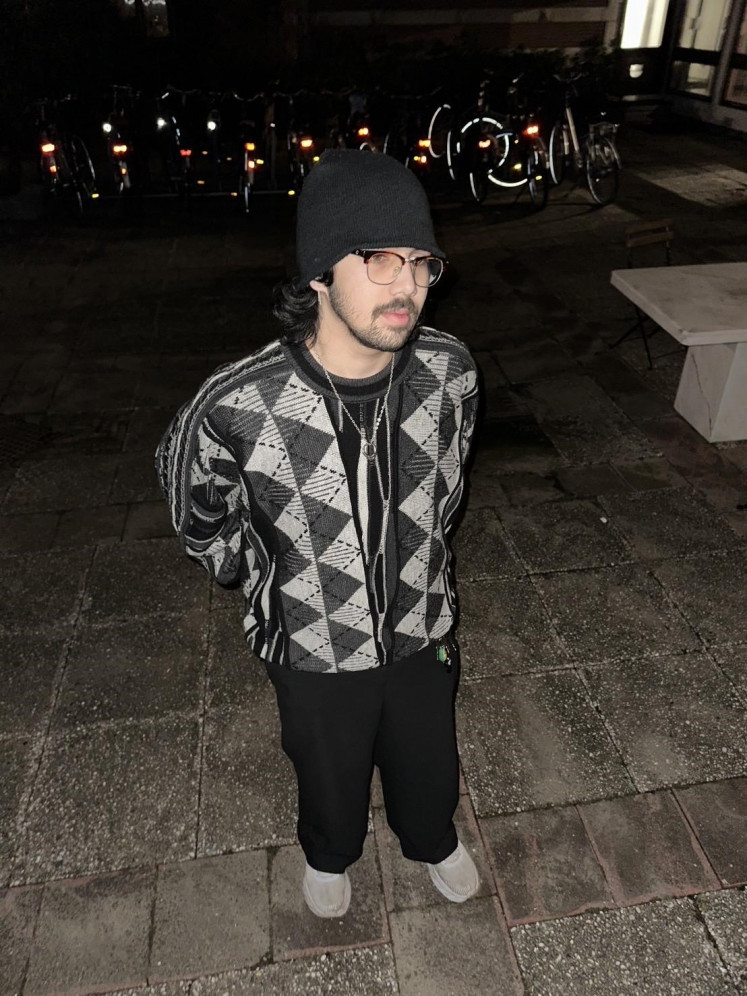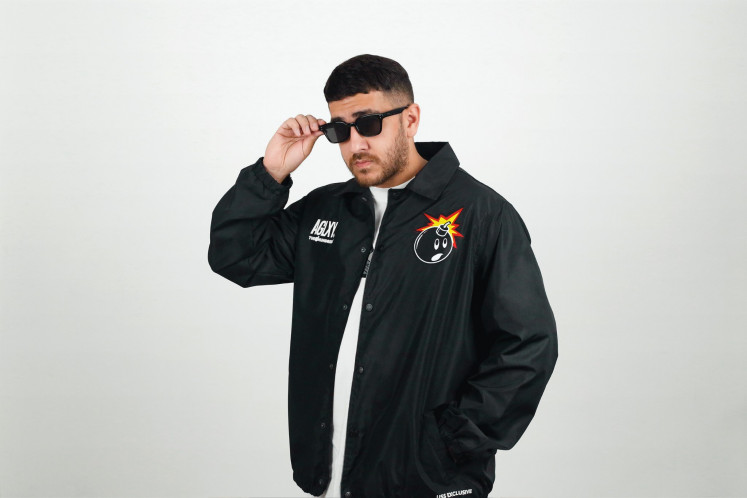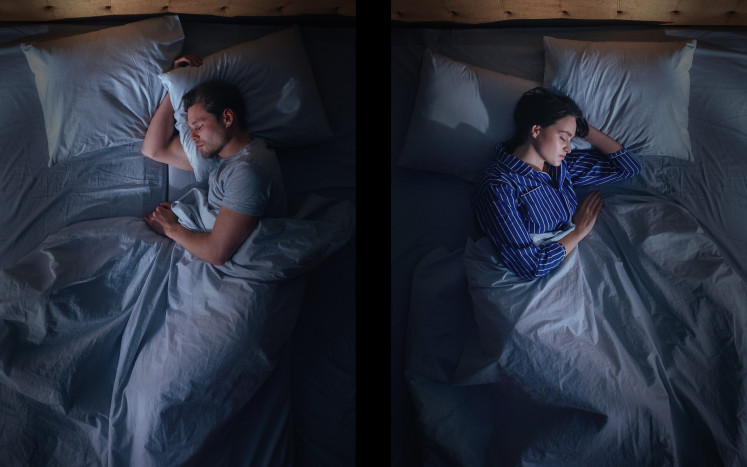From the hectic, neon-lit streets of Tokyo’s Harajuku to the concrete jungles of New York, even the infamous and dearly departed Citayam Fashion Week of Central Jakarta, dressing up and looking fresh isn’t just for front-row VIPs at invitation-only fashion shows.
Beyond the trends dictated by runways and glossy magazines, a multitude of fashion aesthetics can be found on the streets, mixing and matching sartorial styles to create novel combinations from casual sportswear and tech-inspired silhouettes to something straight out of Cyberpunk 2077.
Aptly dubbed streetwear, this casual style is synonymous with self-expression for its flexible and wide range of styles, commonly associated with the image of anti-mainstream rebellion. It is believed to have originated from the New York hip-hop scene in the 1970s to1980s.
Since then, the streetwear segment has grown across the globe, resonating with enthusiasts and industry insiders alike. Look no further than the Dior-Nike collab Dior x Air Jordan 1 High, or the Supreme x Louis Vuitton full-on collection that had people lining up for blocks and made some resellers very happy.
With a wealth of variety in streetwear looks and what they could represent, I asked a few creators and enthusiasts in the local streetwear scene about what it means to them, as well as the distinctiveness found on Indonesian streets.
Read also: Five questions for modest fashion influencer Mega Iskanti
Streetwear is the voice of the people. Fashion follows what streetwear does, because streetwear is closer to the people and the culture. - Giorgi Krisno, cofounder of Ageless Galaxy (Courtesy of Giorgi Krisno)

Thank you!
For signing up to our newsletter.
Please check your email for your newsletter subscription.
What is streetwear to you?
Tamish Aswani (cofounder, Ageless Galaxy): To me, streetwear is more than just clothing. It’s a powerful form of self-expression and a cultural movement that transcends fashion norms.
While traditional fashion often chases trends, streetwear is about creating them. It embodies the spirit of innovation and rebellion against the conventional, giving a voice to individual style and community values.
Giorgi Krisno (cofounder, Ageless Galaxy): Streetwear is the voice of the people. Fashion follows what streetwear does, because streetwear is closer to the people and the culture.
Asa Zilberg (student): I see streetwear as a form of communication. It’s a way to show your likes and dislikes that to an outsider just looks like a nice [outfit], but to those who share your interests, you share an instant connection.
It also shows that you take care of your appearance, that you’re willing to take time out of your day to really think about how you want to present yourself to the world. If you feel that you look good, then it lets you walk around with just a little bit more confidence.
Ravanno Ayala (founder and creative director, Human Skies): In my mind, streetwear used to be affiliated with skate brands, hype culture, FOMO [fear of missing out] and the youth community. Brands like Stussy, BAPE, Supreme and ASSC used to have high resale value because of high demand from the hype.
Now, I see streetwear differently. In recent years, high fashion brands like Louis Vuitton or Balenciaga have basically embedded streetwear into their collections. Decisions such as hiring Virgil [Abloh], Demna [Gvasalia], Pharrel [Williams] and Nigo, who originated from “streetwear”, as creative directors for these brands just shows that streetwear is more than just a trend or a way to dress.
It’s an art movement, a revolution in the fashion industry that is here to stay. Being a part of [that] community has allowed me to express myself through what I wear and through what I create. - Ravanno Ayala, founder and creative director of Human Skies (Courtesy of Ayala)
Read also: Exploring architecture and art with Bunga Yuridespita
What’s your vibe?
Tamish: My style is a bold fusion of functionality and statement-making aesthetics. It’s characterized by large, impactful back graphics coupled with thought-provoking quotes that resonate with our audience.
Essential to my look is the utility vest, a symbol of versatility and preparedness, complemented by high-quality sunglasses and meticulously chosen footwear to complete the ensemble. This mix not only defines our visual identity, but also aligns with the dynamic lifestyles of our community.
Giorgi: Fresh and loud! I like fresh colors like orange, green, mint, pink and others, so I try to wear as many colors as possible while also putting in the effort so they don’t clash.
Asa: My style is influenced by my hobbies, such as skateboarding, running, music and general nerd culture. You learn a lot about style just by watching movies and anime or playing video games.
Sustainability is a big factor in my mind, so I try to thrift and buy from local brands while avoiding fast fashion as much as I can. - Asa Zilberg, student (Courtesy of Asa)
It's hot out here, literally. How do you cope with that?
Tamish: Indonesia’s street style is distinguished by its adaptability and resilience, mirroring our unique tropical climate that oscillates between [dry] and rainy seasons. This environmental challenge necessitates innovative designs that not only cater to the demands of weather, but also retain a high aesthetic value.
Unlike the distinct seasonal fashion trends in Western countries, Indonesian streetwear is about creating versatile, year-round pieces that blend functionality with trend-setting style, making it uniquely diverse and vibrant.
Giorgi: Weather plays a big factor in the style, we are limited by the warm or hot weather we have, making it difficult to do layers and outerwear.
Ravanno: Since it’s always summer here, we Indonesians are limited in terms of the types of items we can wear. We can’t wear winter outfits like puffer jackets or other heavy and thick items, while other countries are able to layer their outfits and have more clothing options.
We had to get more creative with our choices, experiment more with different patterns, fabrics, accessories and color combinations, which makes us distinct. And even with the limited choices, we still find a way to dress well.
(Courtesy of Tamish Aswani, cofounder of Ageless Galaxy)
What distinguishes Indonesian streetwear?
Tamish: Indonesian streetwear stands out through its rich amalgamation of local cultures, traditional motifs and contemporary fashion sensibilities. This unique blend offers a fresh perspective that distinguishes it from global streetwear scenes.
The incorporation of local artisanal techniques and patterns into streetwear designs not only pays homage to our heritage, but also propels it into the future, creating a distinctive identity that resonates both locally and internationally.
Asa: It’s a sad part of our culture, but we are obsessed with trends. With TikTok and everything else, Indonesians love to latch on to the newest “ngehits'' [trendy] item.
You see that in sneakers, jumping around from Nike to Adidas to Salomon to On, or styles from e-boys [electronic boys], e-girls [electronic girls] aesthetics and dark academia' to gorpcore [outdoor outerwear as streetwear] and Y2K [early 2000s fashion].
On the one hand, it's great how much we have our ear to the ground, but it's horrible for people’s consumption habits.
Ravanno: Over the past few years, I’ve observed that there has been growing support for local Indonesian fashion brands, which is something very positive.
Around seven to nine years ago, the streetwear culture in Indonesia was filled with streetwear brands like Bape, Supreme, Stussy and CDG, all of which originate from other countries.
Now, I see people around my age group all over Indonesia all starting to wear clothing items from local brands, which I believe is a very good characteristic that our culture possesses.
The more that our people buy from our brands, the better the products, quality and creative output our brands are going to produce. And it will only be a matter of time until our creative and fashion industries get recognized and acknowledged globally, by the whole world.
Read also: Sprucing up your home for a Lebaran open house
This article is part of The Weekender, which comes out on the Saturday edition of The Jakarta Post. It offers a variety of lifestyle and culture articles aimed at enriching your reading experience. Subscribe
here to get access to the Saturday edition and all other premium content from the Post.




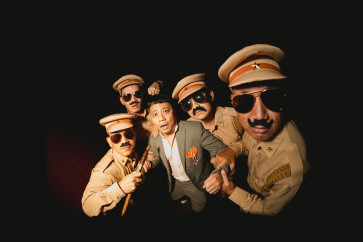

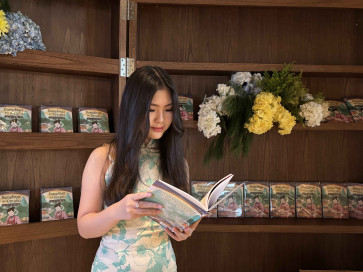
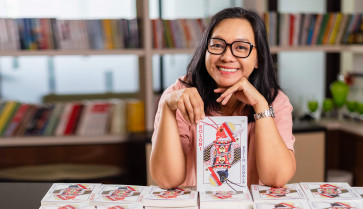






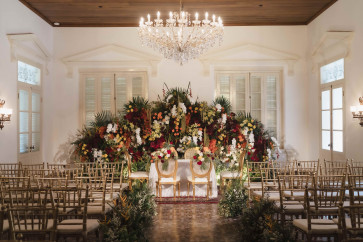

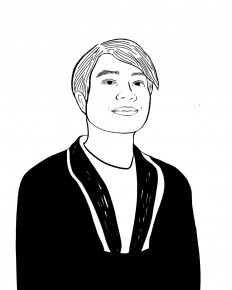

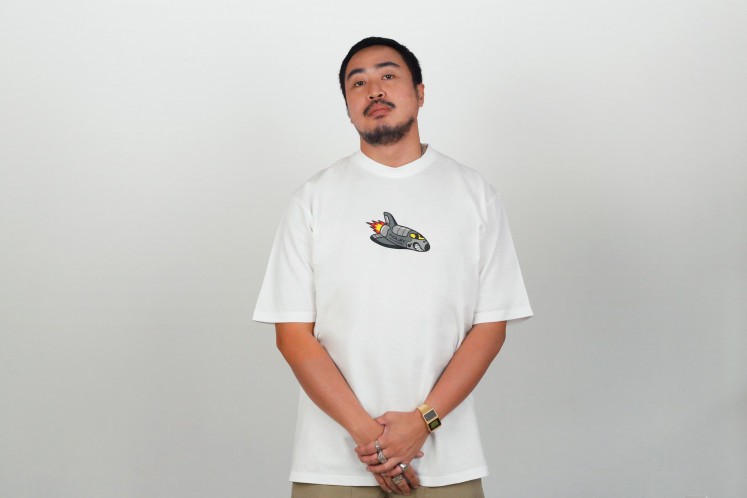


![It’s an art movement, a revolution in the fashion industry that is here to stay. Being a part of [that] community has allowed me to express myself through what I wear and through what I create. - Ravanno Ayala, founder and creative director of Human Skies (Courtesy of Ayala)](https://img.jakpost.net/c/2024/04/04/2024_04_04_149064_1712218769._medium.jpg)
